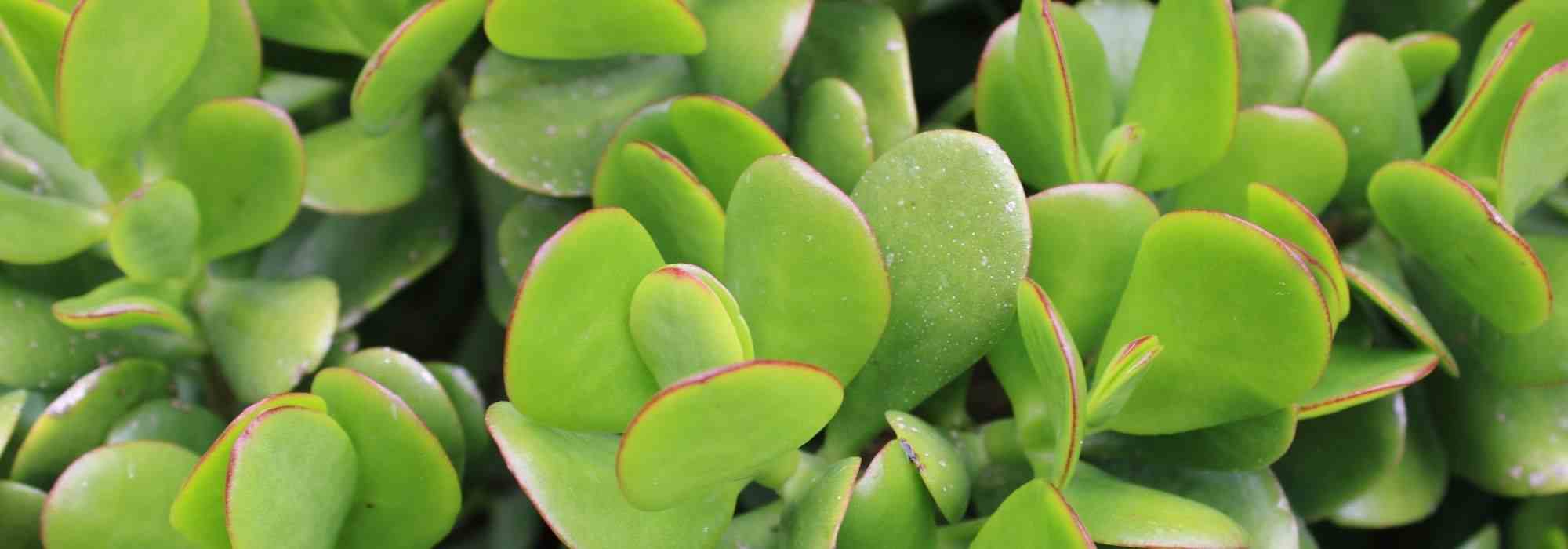
Succulent groundcovers
Our 6 favourite varieties
Contents
Groundcover succulents provide the opportunity to cover surfaces, more or less quickly, with minimal maintenance. While they are often frost-sensitive and typically reserved for planting in open ground around the Mediterranean, some prove to be very hardy. Like cacti, these perennials are suitable for indoor cultivation. Furthermore, succulents offer a beautiful diversity of shapes and colours, allowing for the creation of stunning dry or exotic gardens. Discover our selection of highly decorative succulents with a carpet habit!
Senecio mandraliscae: a great groundcover for warm regions
The Senecio mandraliscae is a charming shrubby perennial that spreads more in width than in height. In open ground, this succulent naturally spreads and can reach 2.5 metres in width and 1 metre in height. Therefore, ensure you have a sufficiently large space for it to spread. Highly decorative, this succulent features evergreen silver-blue foliage that catches the eye. A fine white bloom covers its slender, upright leaves (resembling small fingers), giving it a bluish appearance and helping it withstand heat and drought. However, its summer flowering, which is white at the tips of the flower spikes, is quite discreet.
Be aware that this Senecio is frost-sensitive below -5°C. It can be grown in open ground, but only in warm climates, along the Mediterranean coast. In other regions, it is best to plant it in a large pot so it can be brought indoors during winter. In a sunny garden, pair the blue foliage of Senecio talinoides subsp. mandraliscae with exotic-style plants: Dasylirion wheeleri, the Anigozanthos ‘Bush Inferno’ with its intense red flowering, and the American agave. Finally, a golden grass creates a beautiful contrast with the blue of the Senecio (for example, the Sand reed).
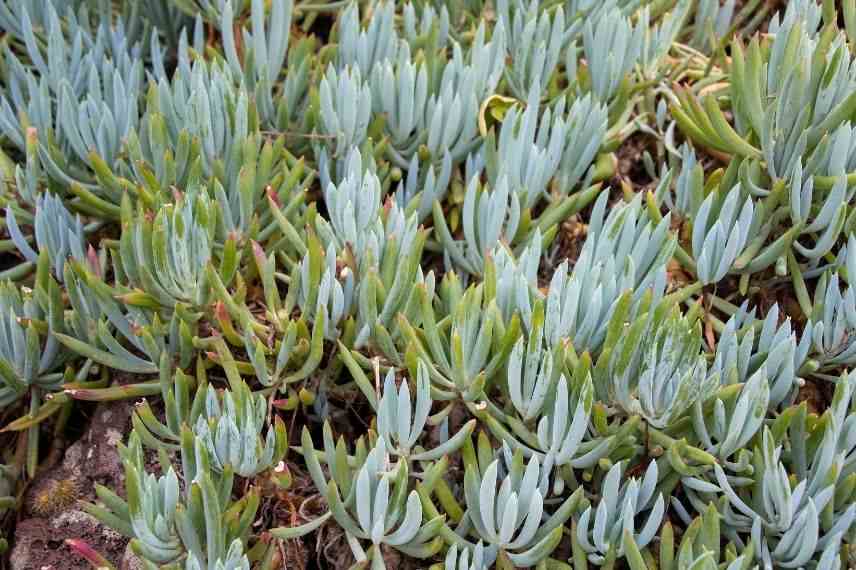
Senecio mandraliscae
Delosperma cooperi: a dazzling flowering
Nicknamed Cooper’s purslane, Delosperma cooperi offers a profusion of vibrant flowers all summer long from June to September. Indeed, its flowers are composed of numerous fine petals in a deep mauve. This generous flowering creates a very colourful carpet! Reaching no more than 10 cm in height, this purslane spreads up to 30 to 50 cm in width if its location is suitable. Its small, fleshy leaves of a tender green with silver reflections are the reason for its English name “Ice Plant.” This succulent plant is an excellent groundcover for slopes, rockeries, and walls in hot, dry climates where it blooms abundantly.
In cold regions (winter temperatures below -8/-9°C), install this succulent in a pot. To enliven a sunny border in dry soil, pair Cooper’s purslane with a groundcover stonecrop (Sedum acre ‘Yellow Queen’, Sedum cauticola ‘Lidakense’ for example), a silver-leaved plant like Cerastium biebersteinii, or the flowering cushion of an aubrieta.
⇒ Everything you need to know about Delosperma, perennial purslane: planting and growing
⇒ Discover our range of Delosperma on our site
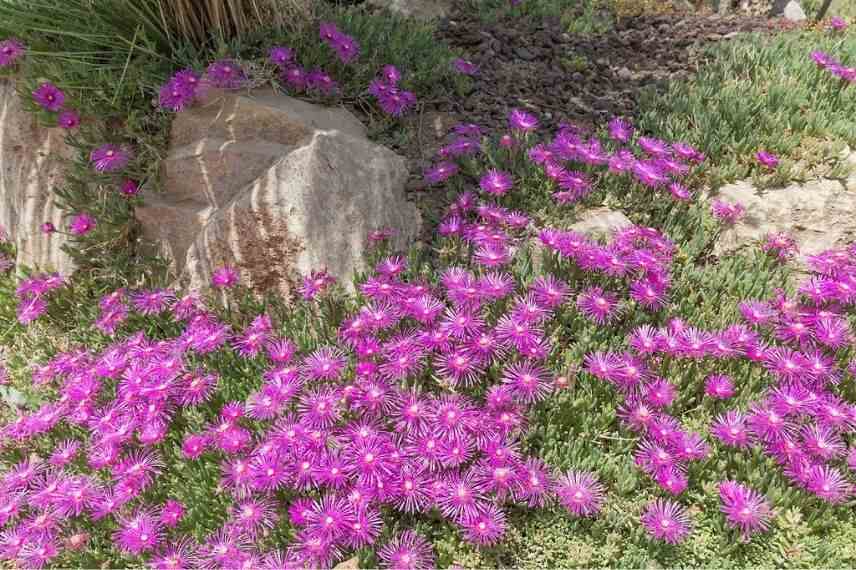
Delosperma cooperi (photo Wikipedia)
Discover other Ground cover perennials
View all →Available in 0 sizes
Available in 1 sizes
Available in 0 sizes
Available in 0 sizes
Available in 0 sizes
Available in 0 sizes
Available in 0 sizes
Available in 1 sizes
Available in 0 sizes
Available in 0 sizes
Euphorbia myrsinites: a very fresh colour and a beautiful appearance
TheEuphorbia myrsinites, or Corsican Spurge, has a dense growth habit. The rigid, pointed leaves are a blue-green colour and are inserted very regularly (in a spiral) on creeping stems, giving this spurge a prostrate silhouette. From May to July, flowers ranging from yellow to chartreuse green emerge above the evergreen foliage. Corsican Spurge thrives in full sun on any well-drained, dry soil. The main weakness of this succulent groundcover is its intolerance to wet soils, which can rot its stump. Note that this perennial self-seeds readily in the garden. Additionally, we advise wearing gloves (and possibly a pair of goggles) when handling this spurge. Indeed, the leaves are spiky and the plant’s white sap is toxic and irritating to both humans and pets.
Note that Euphorbia myrsinites is an allelopathic plant: it inhibits the growth of nearby plants by releasing chemical compounds. You can therefore use it in a bed of allelopathic plants, requiring no maintenance, alongside Phlomis russeliana with its erect yellow flower spikes, Helychrysum italicum with silver leaves, or the very low Achillea crithmifolia.
⇒ Learn all about Euphorbias: planting, growing, and maintaining
⇒ Discover our range of Euphorbias on our site
⇒ Find all the information on Natural weedkiller: Discover allelopathic plants!
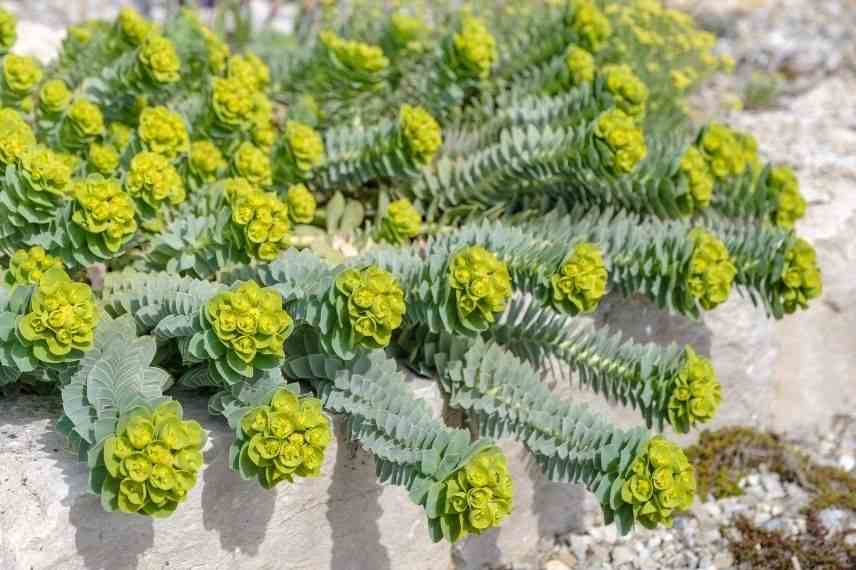
Euphorbia myrsinites
Saxifraga umbrosa ‘Variegata’: a variegated evergreen foliage
The Saxifraga umbrosa ‘Variegata’ is the variegated variety of the type species Saxifraga umbrosa, also known as “painter’s despair.” The green foliage of this groundcover is irregularly spotted with yellow and off-white, giving it a unique appearance for a saxifrage. From May to July, the white inflorescences with red centres, perched on reddish stems of 30 cm, dominate the crassulae-like and glossy leaves arranged in a rosette. The numerous small flowers (1 cm) then form a misty cloud. Also known as “shade saxifrage” or “saxifrage of the shade,” this perennial native to the Pyrenees (and therefore very hardy) can grow between stones and rocks and spreads slowly over time, up to about forty centimetres.
Ideally, plant the Saxifraga umbrosa ‘Variegata’ in cool, stony soil, in partial shade or shade, within a rockery or woodland. Highlight this carpet of bicoloured leaves by pairing it with shade plants such as the Epimedium perralchicum ‘Frohnleiten’ with its bright yellow flowers, lungwort ‘Shrimps on the Barbie’ with pink flowers and grey-marbled foliage, or the toad lily which takes over the flowering in August.
⇒ Learn all about Saxifrages: planting, cultivation, and maintenance
⇒ Discover our range of Saxifrages on our site

Saxifraga umbrosa ‘Variegata’ (photo by Salicyna – Wikimedia)
Sedum reflexum ‘Angelina’: a beautiful autumn hue
The Sedum reflexum ‘Angelina’ is a succulent with excellent hardiness and very easy to grow, adapting to all climates in France. Its small, slender, pointed leaves are inserted all around the stems, giving them the appearance of small bottle brushes. This stonecrop, also known as “Reflexed Stonecrop” or “Rock Stonecrop,” is a low species, reaching a maximum height of 15 cm and is very creeping (up to 45 cm in spread). This green cushion turns orange in autumn, lasting until the following spring. During summer, its extremely melliferous yellow flowers delight pollinating insects.
Ideal for quickly covering slopes or green roofs, the ‘Angelina’ stonecrop grows rapidly and its foliage will persist all year round, even in winter. In full sun, this yellow cultivar of Sedum reflexum pairs beautifully with dry-soil perennials that have purple flowers: the ‘Kit Kat’ Catmint with a compact habit, Triteleia laxa ‘Queen Fabiola’ with sky-blue bells, or a campanula. Other sedums or succulents of various shapes and sizes can also accompany it for a desert-like atmosphere (Sedum acre ‘Yellow Queen’, Sedum spurium ‘Dragon Blood’, Sempervivum arachnoideum, Aloe polyphylla).
⇒ Learn all about Sedum or Stonecrop: how to plant, cultivate, and propagate them
⇒ Discover our range of Sedums on our site
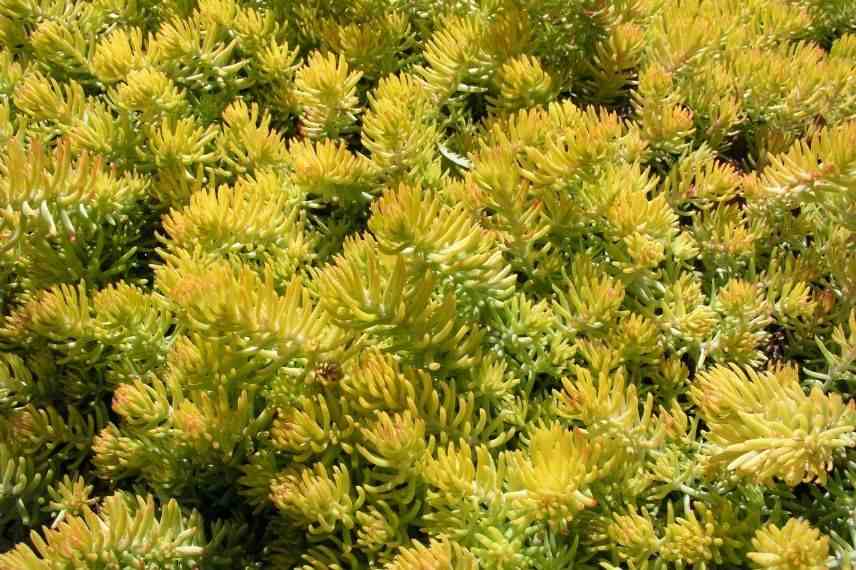
Sedum reflexum ‘Angelina’ (photo Wikipedia)
Echeveria 'Devotion': striking and fiery
The remarkable foliage of theEcheveria ‘Devotion’ is hard to miss! Indeed, the leathery leaves of this recent hybrid are green edged with purple-red. Then, when the light becomes more intense, these rosettes of leaves evolve and turn completely burgundy. With a particularly compact habit and rapid growth, this Echeveria develops a cushion of vegetation 15 cm high and stretching 20 cm wide at ripeness. Reserve a well-lit spot in light, sandy, well-draining soil that is dry in winter. Soil that is too moist during winter will cause it to rot, which is fatal. Also, avoid wetting its foliage, as water droplets leave brown marks, resembling burns.
This very tender succulent should only be planted in the ground along the Mediterranean coast where winters are mild. In other regions, grow it in a pot so you can protect it from the cold in autumn. Note that this succulent can also be used as an indoor plant. Outdoors, combine the beautiful foliage of Echeveria ‘Devotion’ with other groundcover plants on a slope or in dry rock gardens (Aloe aristata, Houseleek) or with cacti (Agave ‘Kikijokan’, Opuntia soehrensii ‘Orurensis’, Mangave ‘Silver Fox’). Treat yourself and vary the shapes and colours!

Echeveria ‘Devotion’
For further reading
Everything you need to know about Cacti and outdoor succulents: Planting, growing and maintaining
- Subscribe!
- Contents
































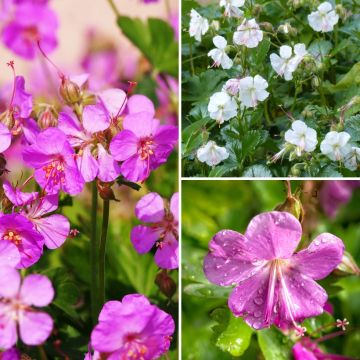
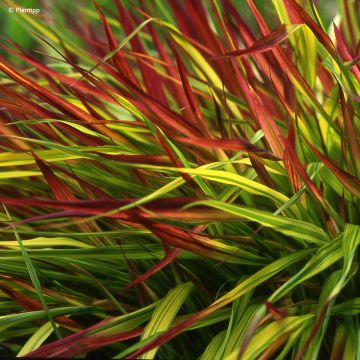

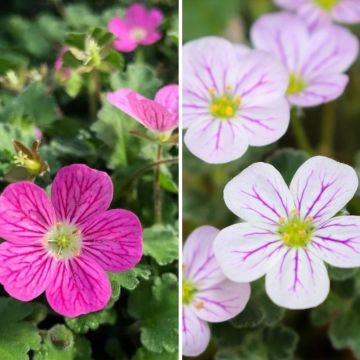
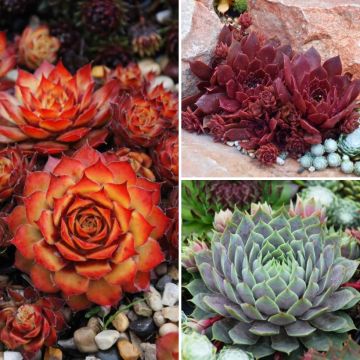
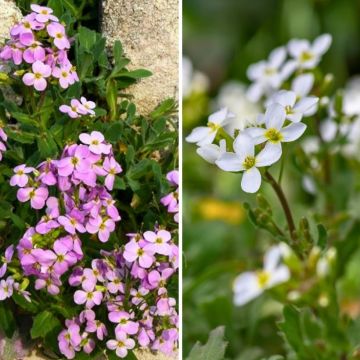
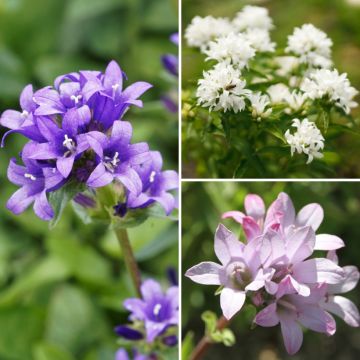
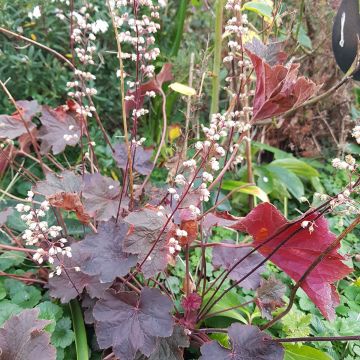

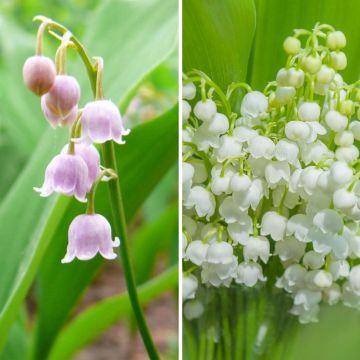
Comments